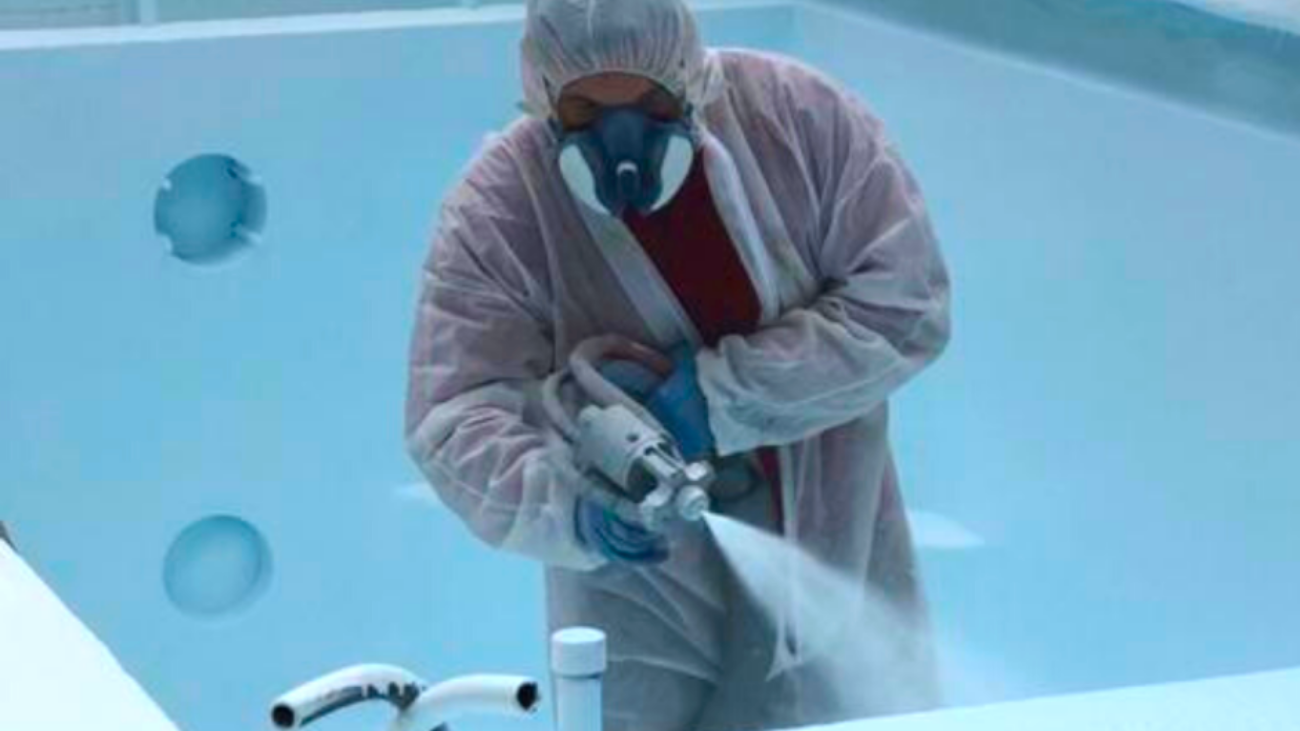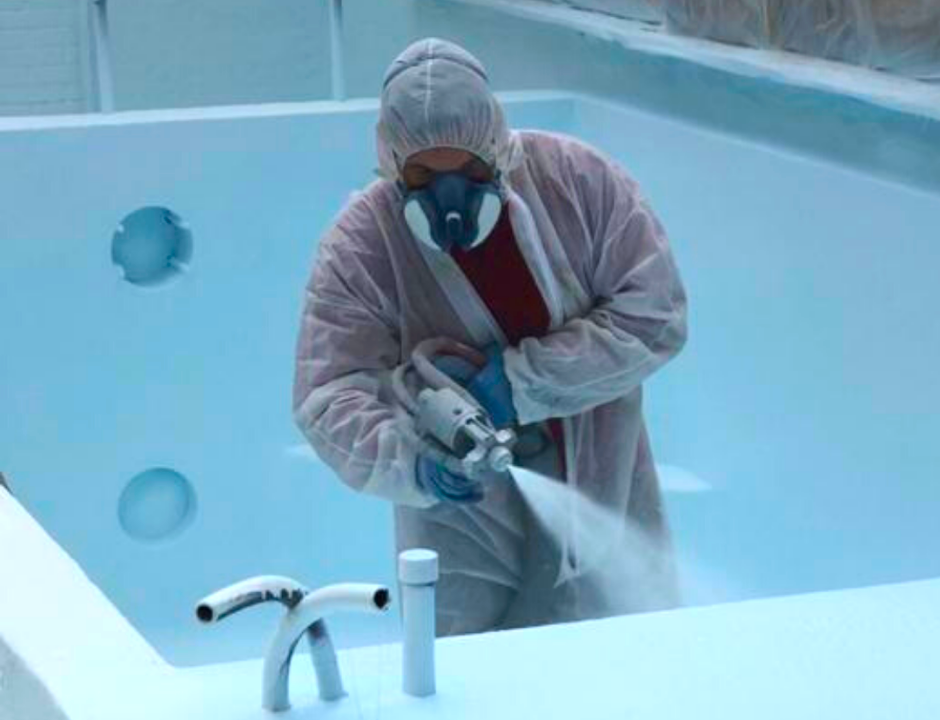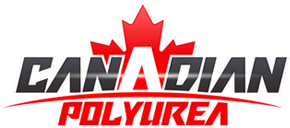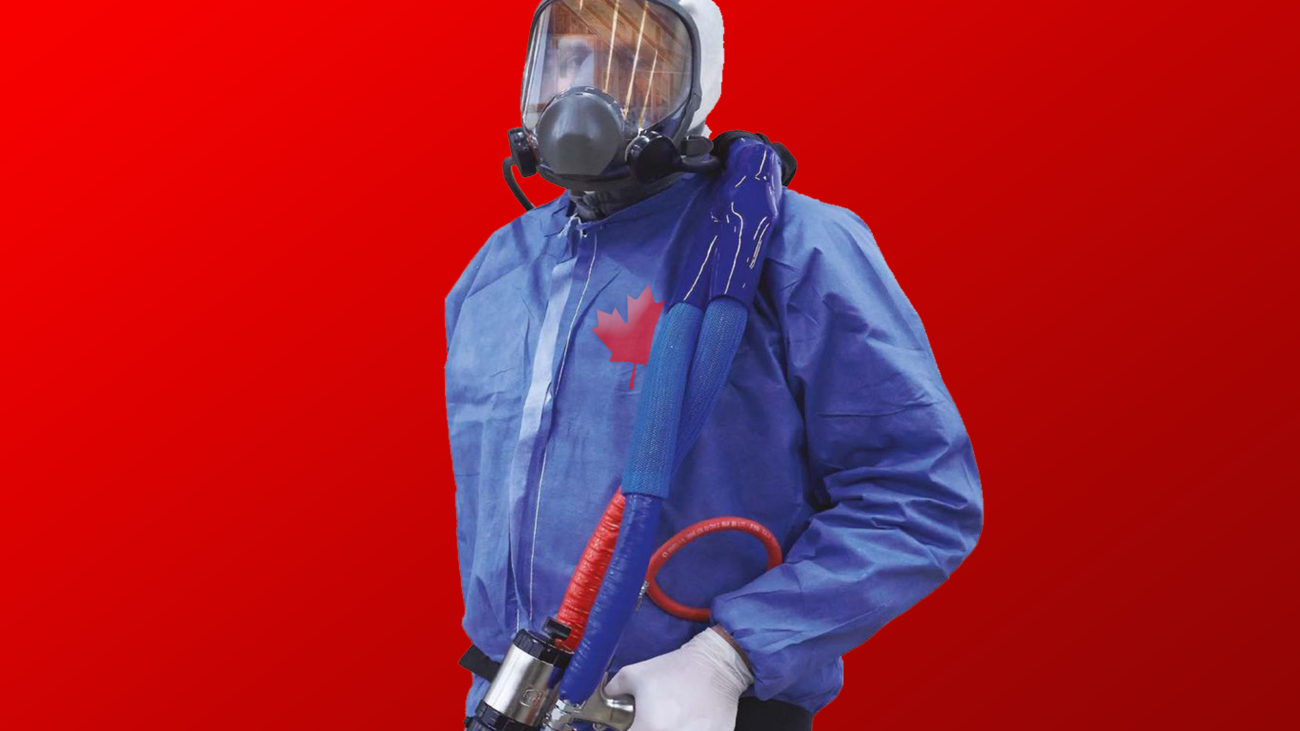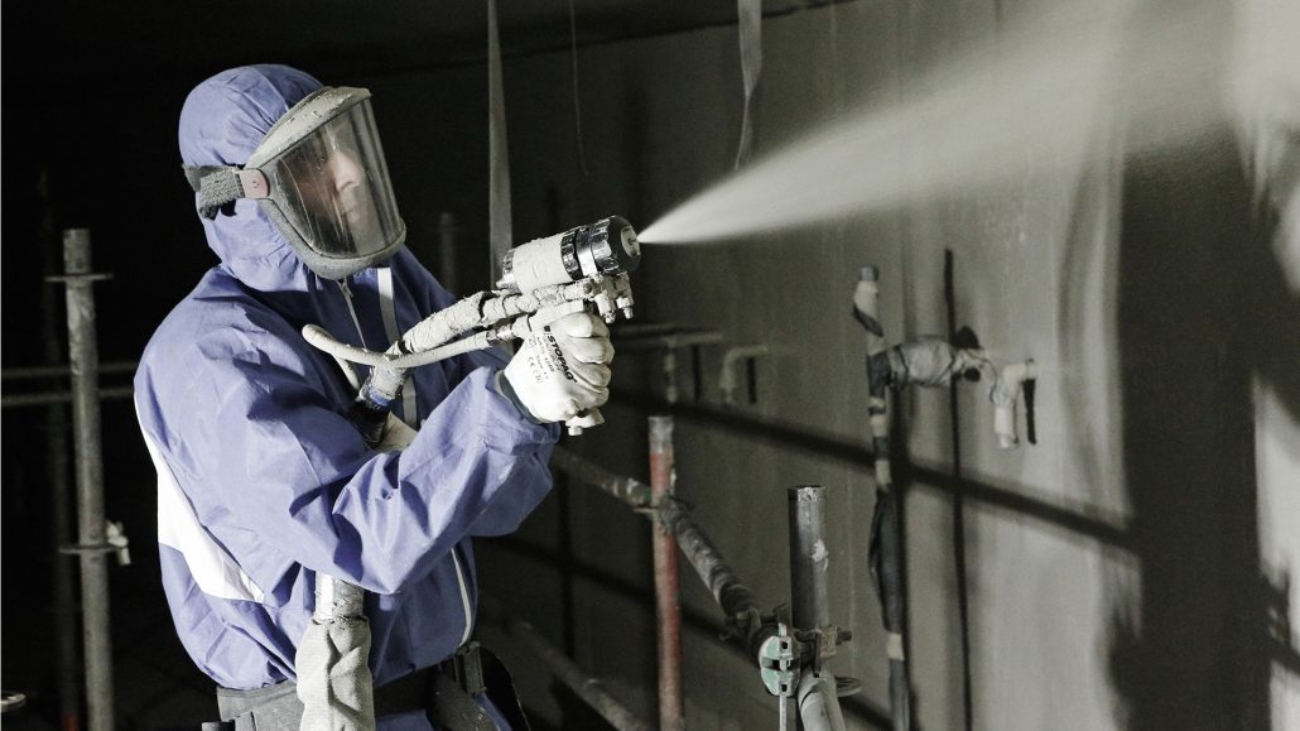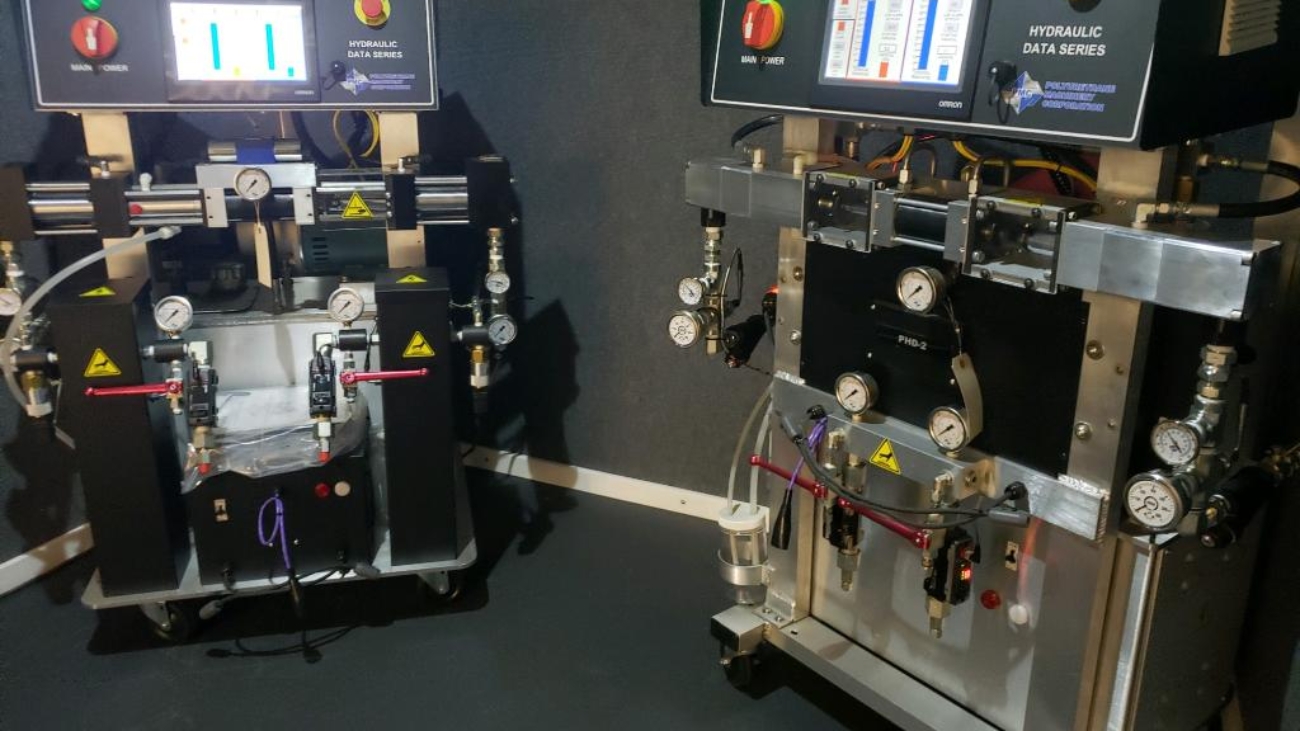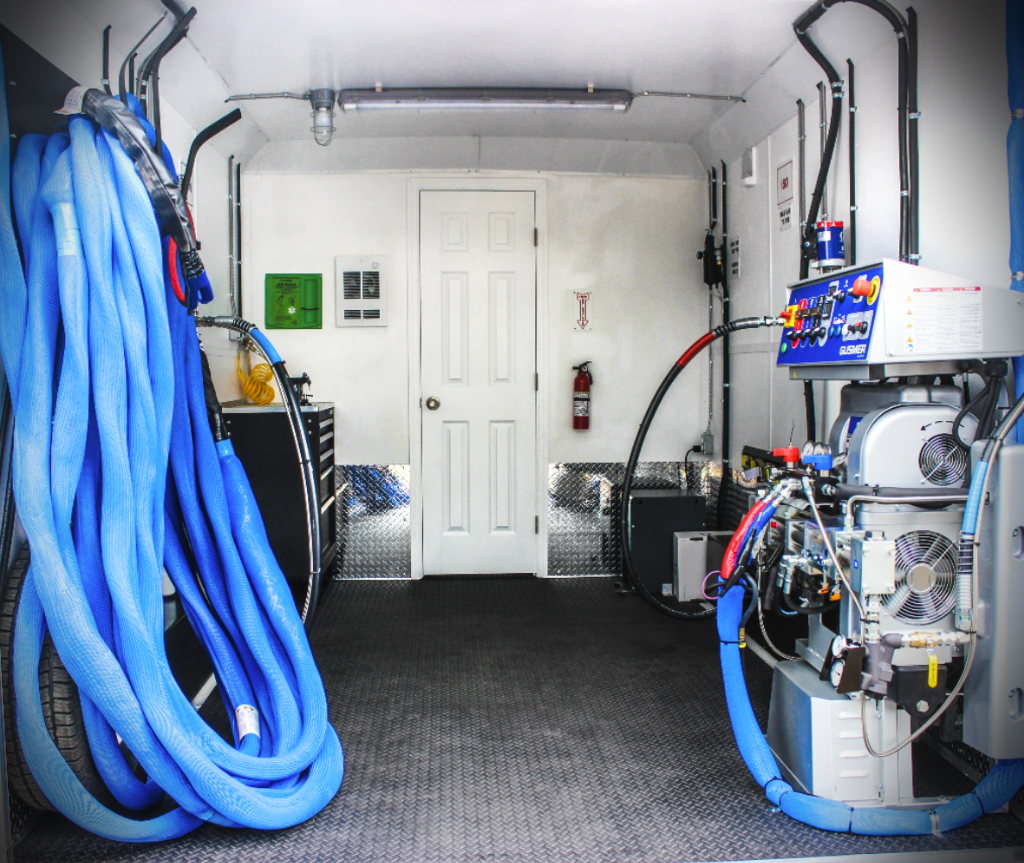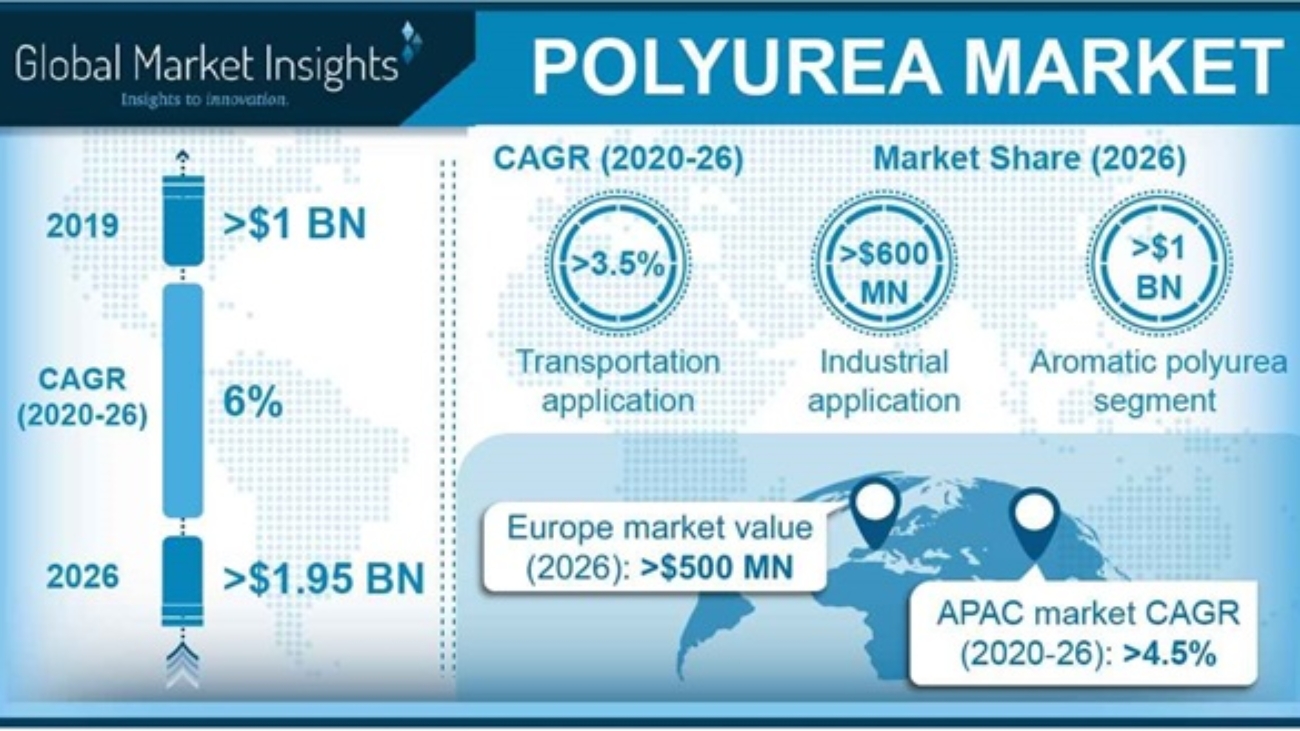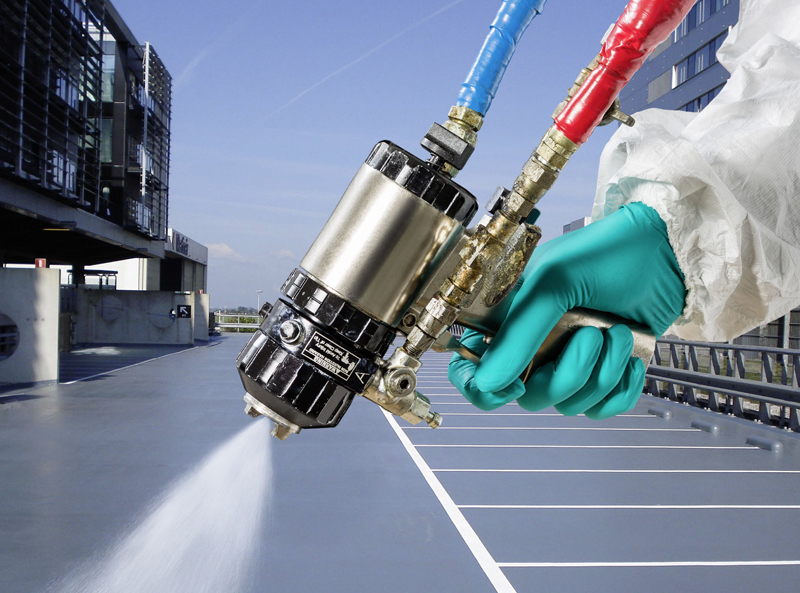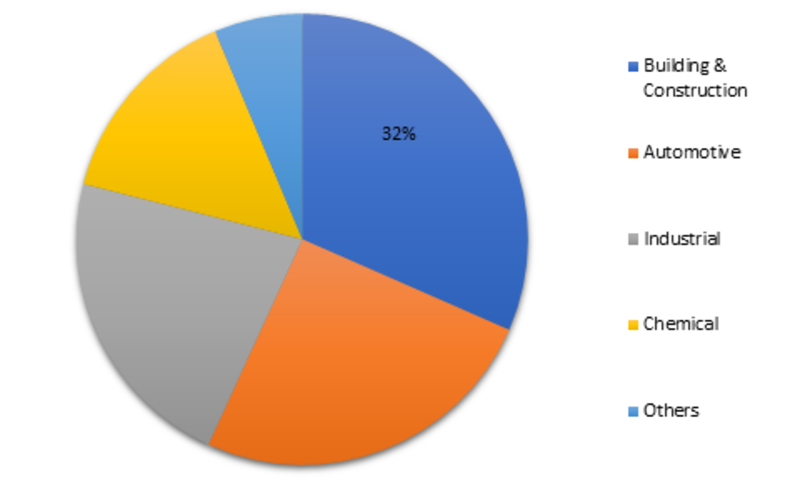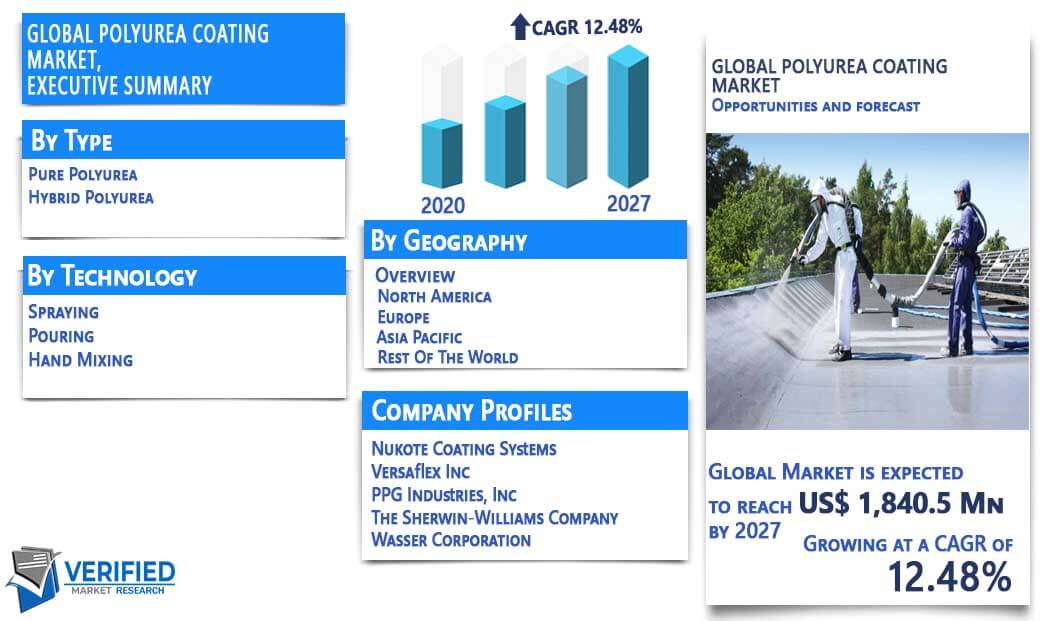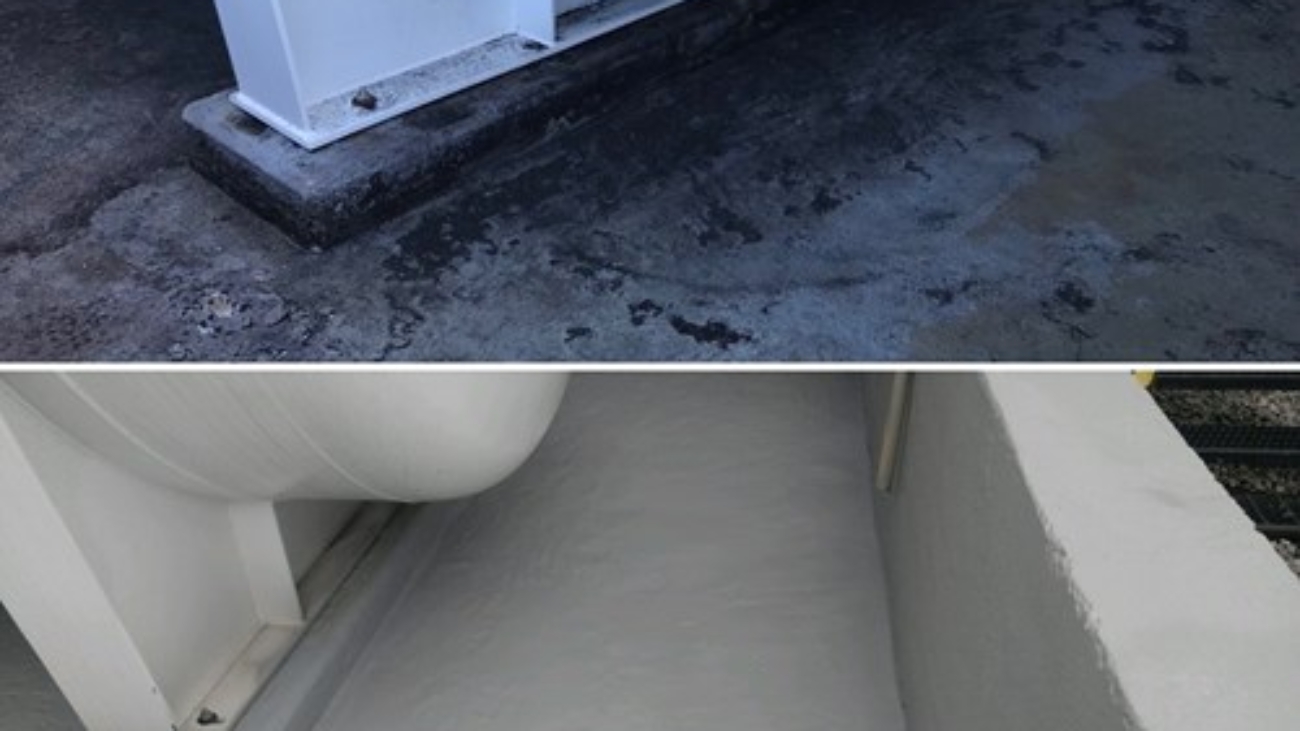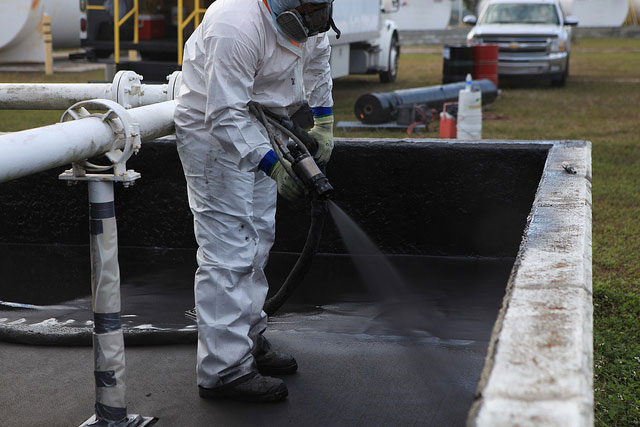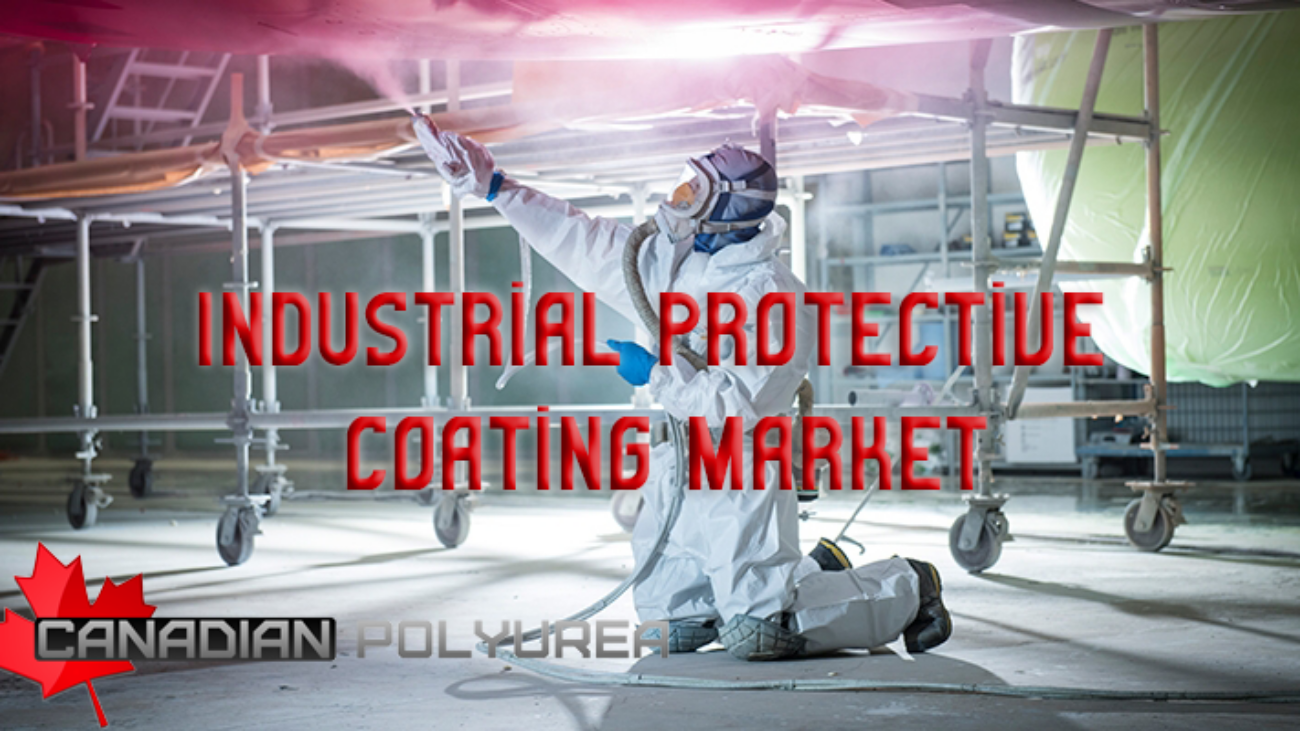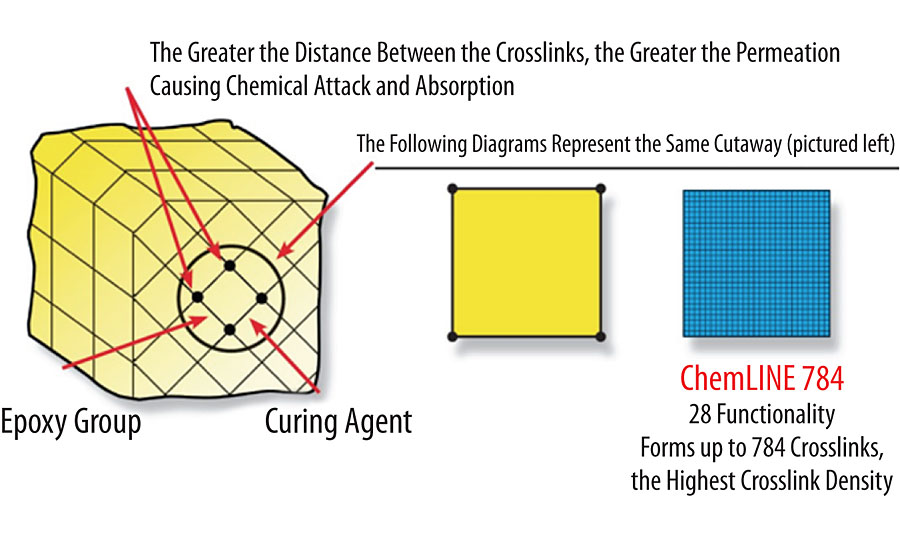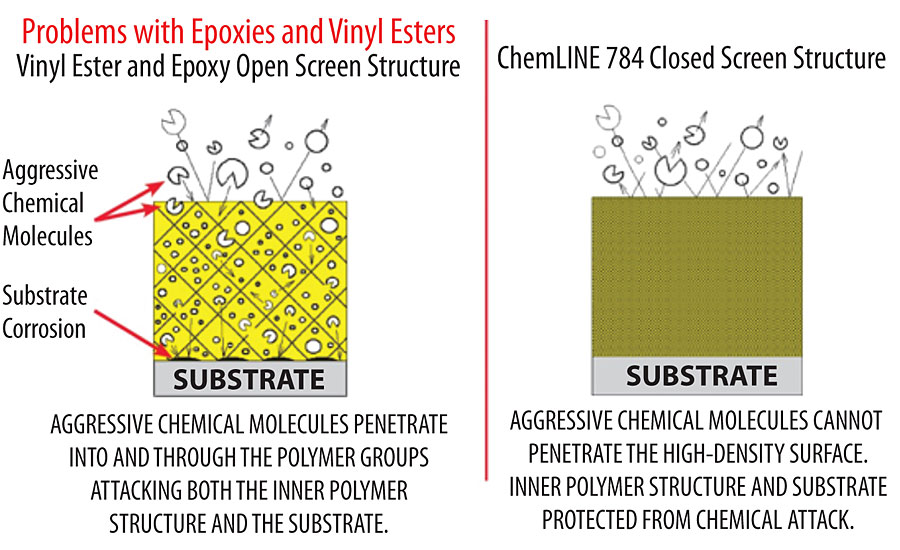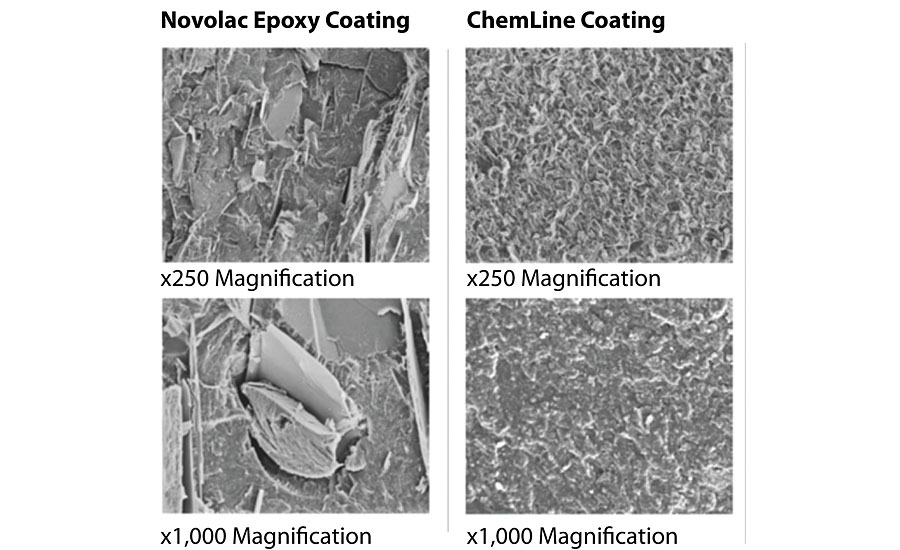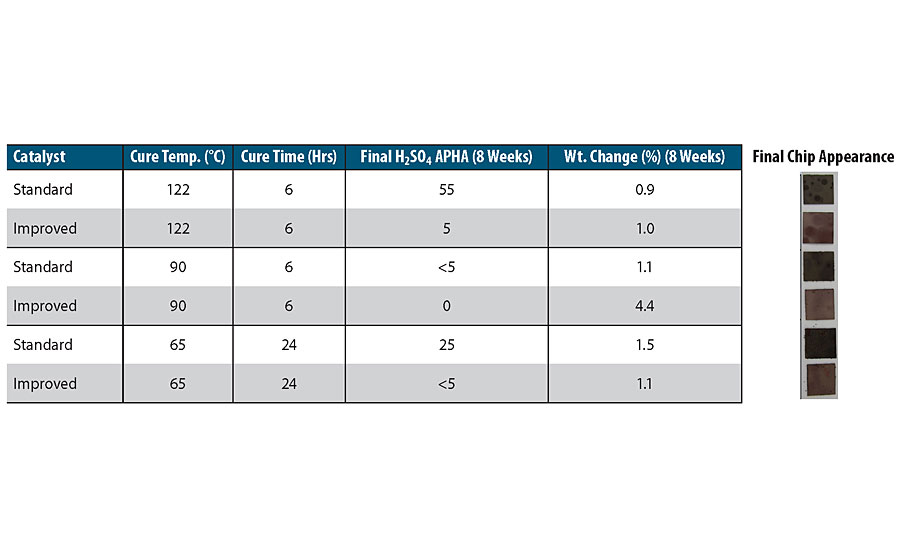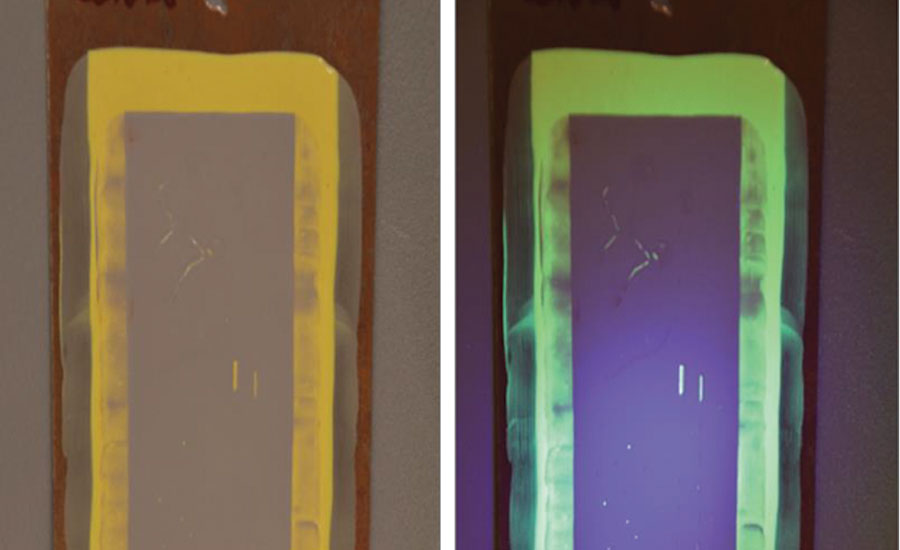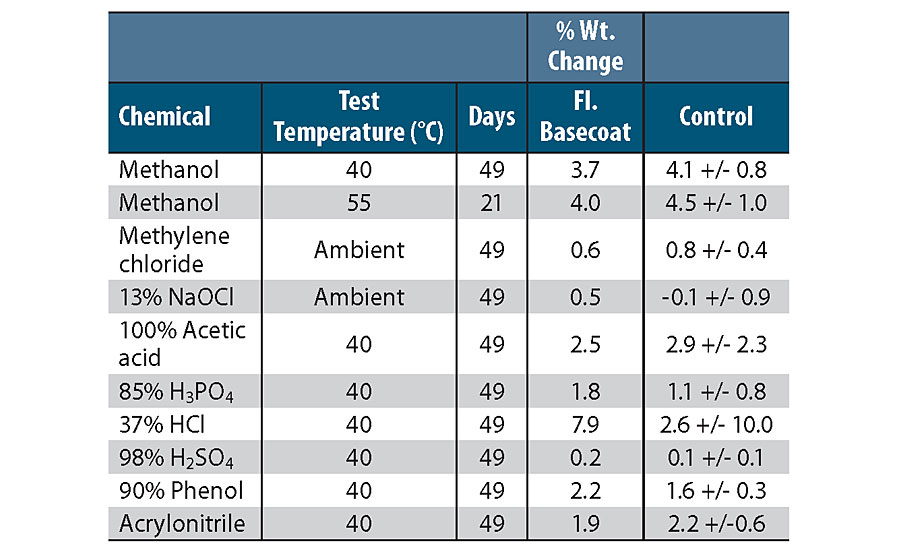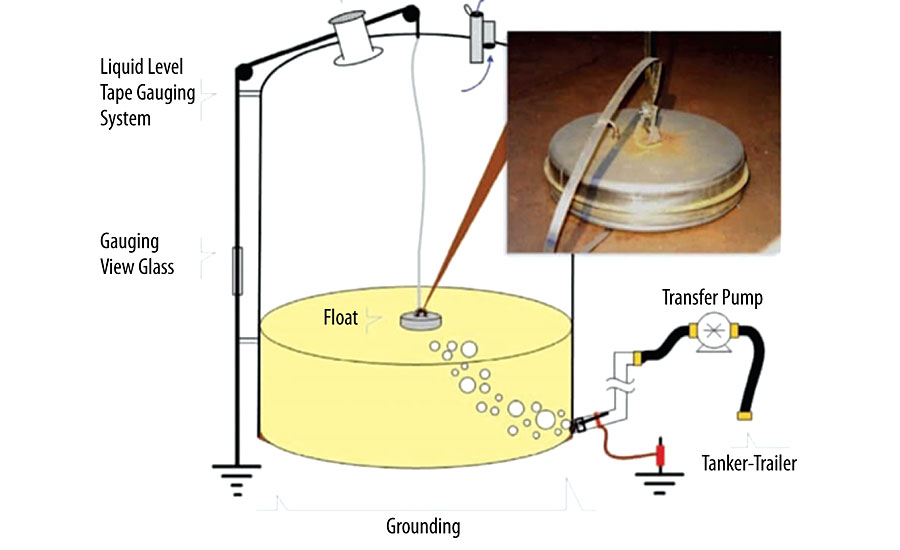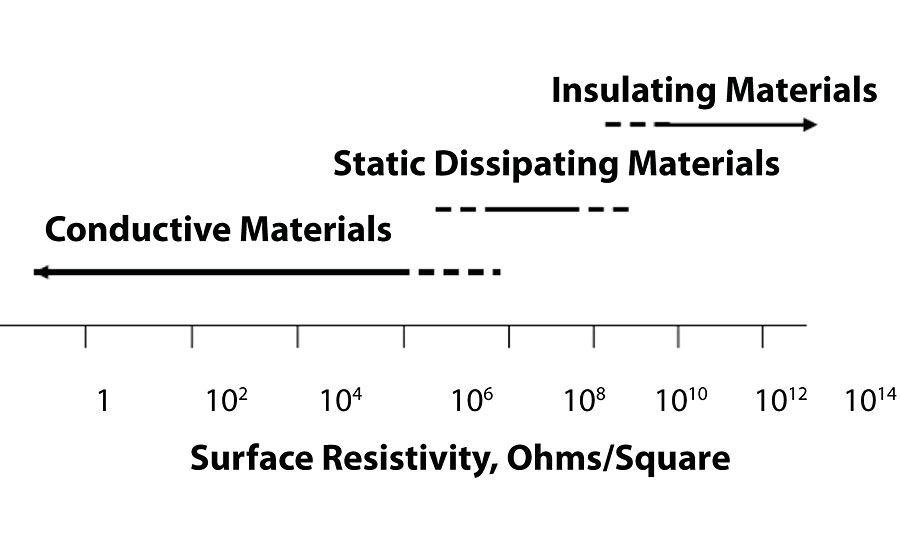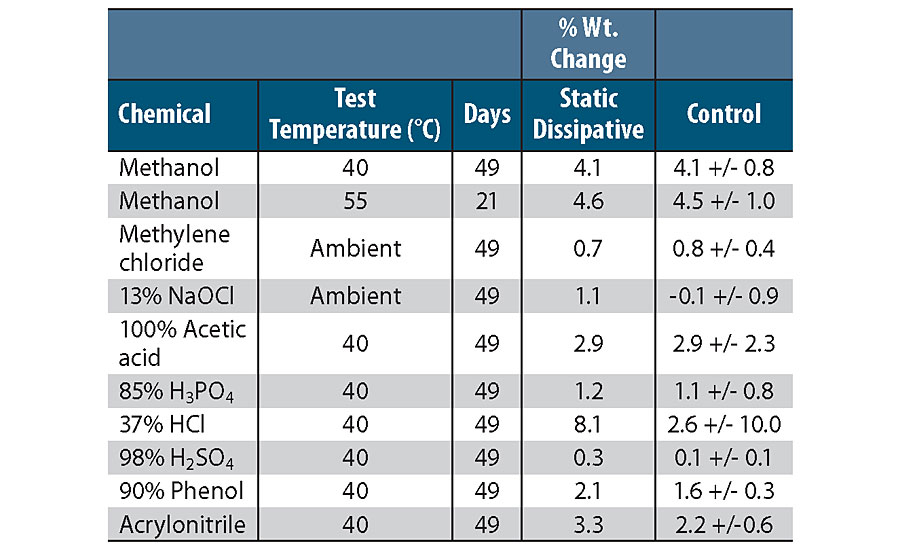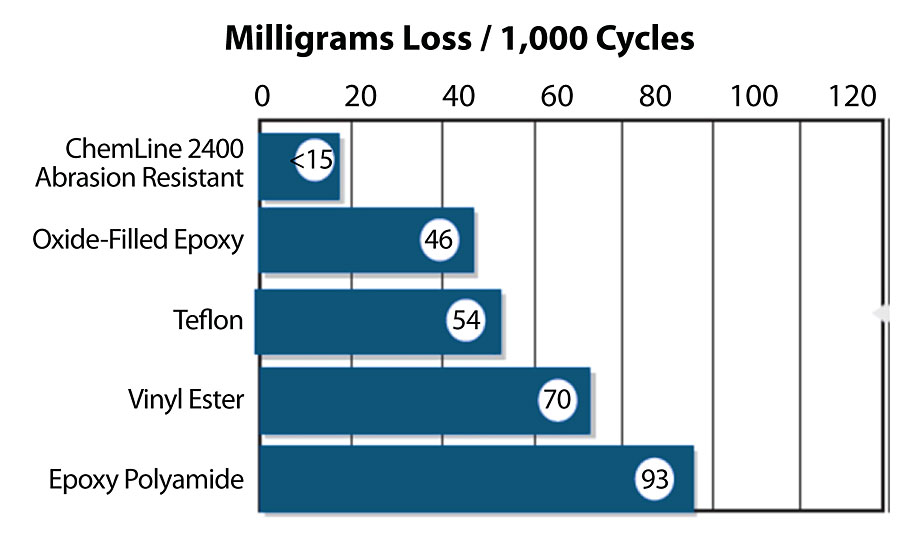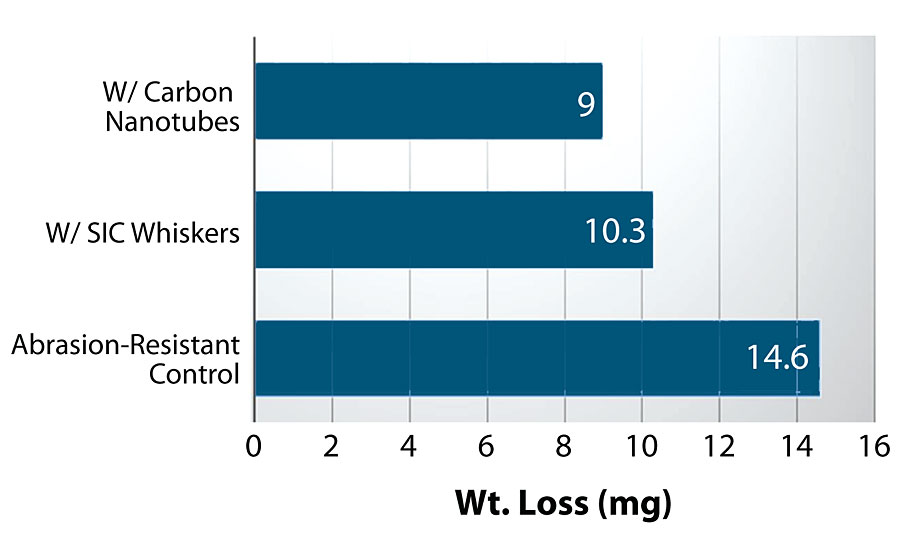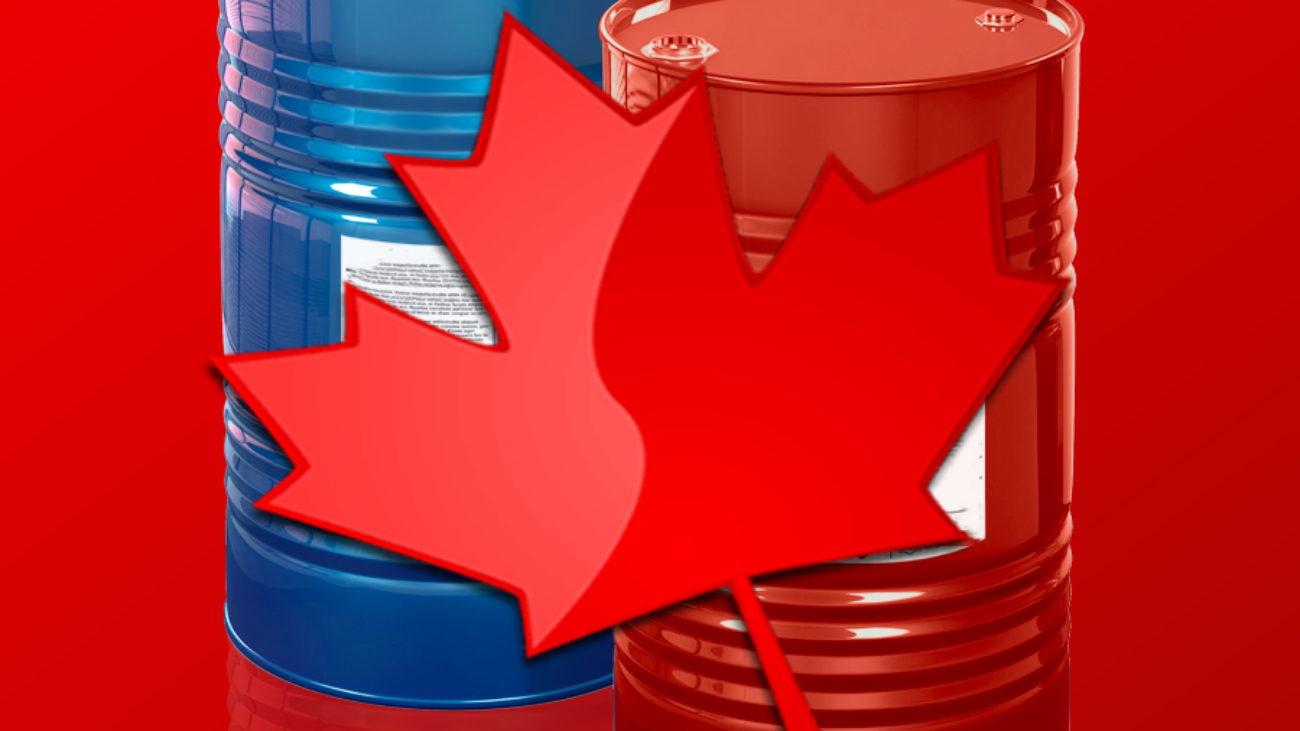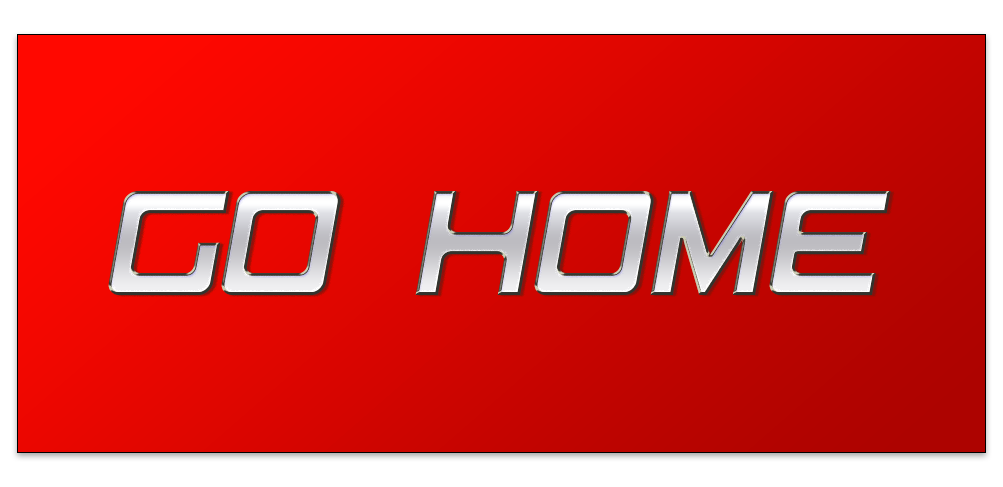Elastomeric coatings have gained immense popularity in the Canadian building industry over the years. With its many advantages and benefits, it has become a go-to choice for both residential and commercial properties. In this blog post, we will explore some of the advantages of elastomeric coatings in Canada.
- Weather Resistance: Canada experiences extreme weather conditions, with temperatures that can vary from freezing cold to scorching hot. Elastomeric coatings are flexible and can expand or contract with changing temperatures without cracking or peeling. This makes them incredibly durable and long-lasting, protecting the building from the harsh Canadian weather.
- Waterproofing: One of the major advantages of elastomeric coatings is their exceptional waterproofing properties. They create a seamless barrier on the surface, preventing moisture from penetrating and causing damage. In a country like Canada, where heavy rainfall and snowmelt are common, elastomeric coatings can provide reliable protection against water intrusion.
- Energy Efficiency: Elastomeric coatings have excellent reflective properties, which can significantly reduce the building’s heat absorption. By reflecting a high percentage of the sun’s rays, these coatings help keep the interior cool during hot summer months, reducing the need for excessive air conditioning. This can result in substantial energy savings and lower utility bills.
- UV Resistance: Another advantage of elastomeric coatings in Canada is their ability to withstand the damaging effects of ultraviolet (UV) rays. The Canadian climate exposes buildings to prolonged sun exposure, which can cause color fading, chalking, and deterioration of the surface. Elastomeric coatings contain UV-resistant additives that protect the coating and maintain its appearance over time.
- Crack Bridging: Elastomeric coatings have excellent elasticity, which allows them to bridge and seal small cracks and gaps on the surface. This can be particularly beneficial in Canada, where freeze-thaw cycles can lead to cracks in concrete or masonry. By sealing these cracks, elastomeric coatings prevent further damage and extend the life of the building.
- Aesthetic Appeal: Apart from their functional benefits, elastomeric coatings also offer aesthetic enhancements. They are available in a wide range of colors and finishes, allowing property owners to choose a coating that complements the architectural style and enhances the overall look of the structure. This versatility makes elastomeric coatings a popular choice for both new constructions and renovation projects.
- Low Maintenance: Elastomeric coatings require minimal maintenance compared to other traditional coatings. Their durable and long-lasting nature means that they can withstand wear and tear, reducing the need for frequent repairs or recoating. This makes it a cost-effective choice for property owners in Canada, where maintenance costs can be high due to extreme climate conditions.
In conclusion, elastomeric coatings offer numerous advantages in Canada, making them a preferred choice for building exteriors. Their weather resistance, waterproofing properties, energy efficiency, UV resistance, crack bridging ability, aesthetic appeal, and low maintenance needs make them an excellent investment for property owners. By protecting and enhancing the building’s exterior, elastomeric coatings ensure longevity and sustainability in the Canadian climate.
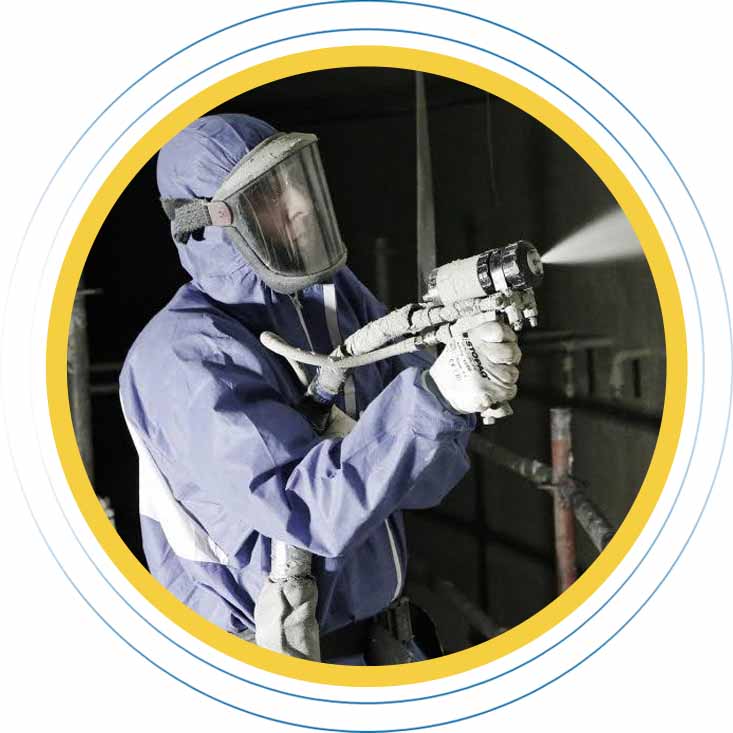
Looking for Polyurea Coatings In Canada?
When it comes to polyurea coatings in Canada, ArmorThane stands out as the industry leader. With their superior quality and unmatched performance, they offer the best polyurea coatings available in the market. In this blog post, we will discuss why ArmorThane is the top choice for polyurea coatings in Canada.
ArmorThane has been in the polyurea coating industry for over 30 years, making them one of the most experienced and knowledgeable companies in Canada. They have perfected their formulations and application techniques over the years, ensuring that their coatings provide exceptional performance and durability.
ArmorThane utilizes state-of-the-art technology and equipment to manufacture their polyurea coatings. Their coatings are formulated using the latest advancements in polyurea chemistry, resulting in coatings that are stronger, more flexible, and more resistant to wear and tear.
ArmorThane’s polyurea coatings are known for their exceptional durability. They create a seamless, impermeable barrier on the surface, protecting it from water, chemicals, abrasion, and impact. Whether it’s for industrial flooring, truck bed liners, or any other application, their coatings can withstand the harshest conditions and provide long-lasting protection.
One of the advantages of ArmorThane’s polyurea coatings is their fast application and cure time. Their coatings can be applied quickly and efficiently, reducing downtime for businesses or homeowners. Additionally, their coatings have a fast cure time, allowing the surface to be ready for use within a short period.
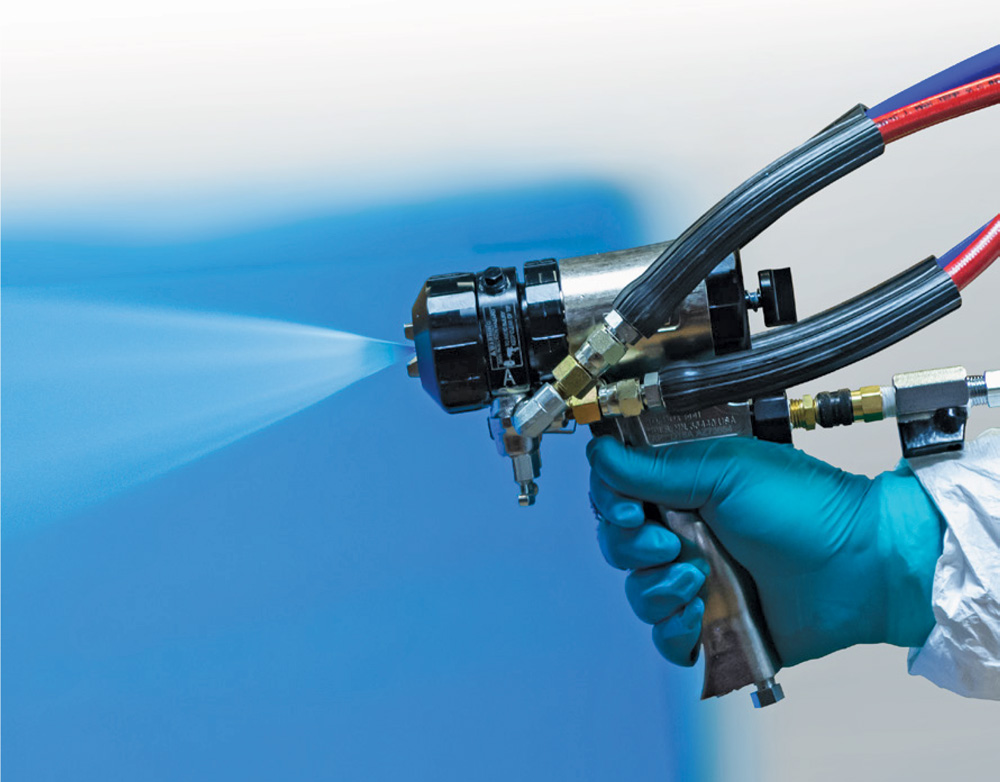
ArmorThane offers a wide range of polyurea coatings suitable for various applications. From protective coatings for floors, walls, and roofs to coatings for truck beds, trailers, and even playgrounds, they have a coating solution for every need. Their coatings can be customized to meet specific requirements, ensuring the best possible results for different surfaces and environments.
ArmorThane is committed to sustainability and offers environmentally friendly polyurea coatings. Their coatings do not contain harmful volatile organic compounds (VOCs) or toxins, making them safe for both the applicators and the environment. This makes ArmorThane’s coatings a responsible choice for eco-conscious customers in Canada.
ArmorThane prides itself on delivering top-notch customer service. They have a team of experts who are readily available to provide guidance, answer questions, and offer support throughout the entire coating process. Their dedication to customer satisfaction ensures a smooth experience from start to finish.
ArmorThane offers the best polyurea coatings in Canada due to their extensive experience, advanced technology, superior durability, fast application and cure time, versatility, environmental friendliness, and exceptional customer service. Whether it’s for industrial, commercial, or residential applications, ArmorThane’s coatings provide unmatched protection and performance. When it comes to polyurea coatings, choosing ArmorThane ensures a high-quality, reliable, and long-lasting solution.

